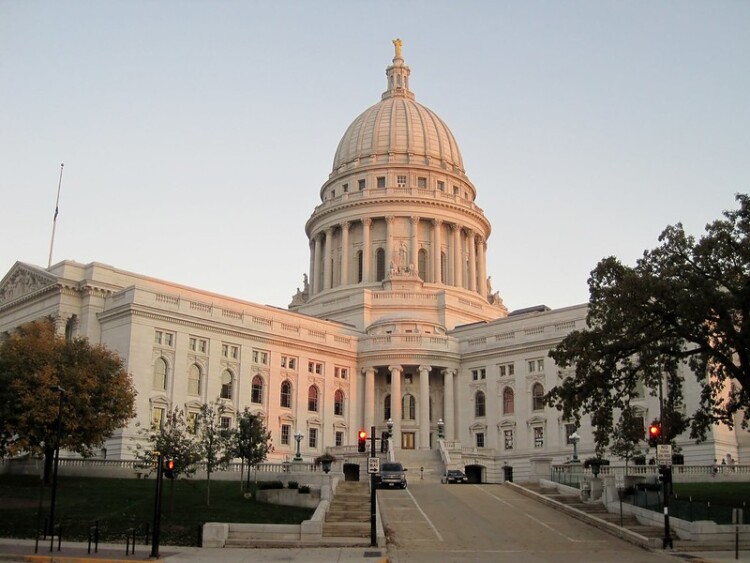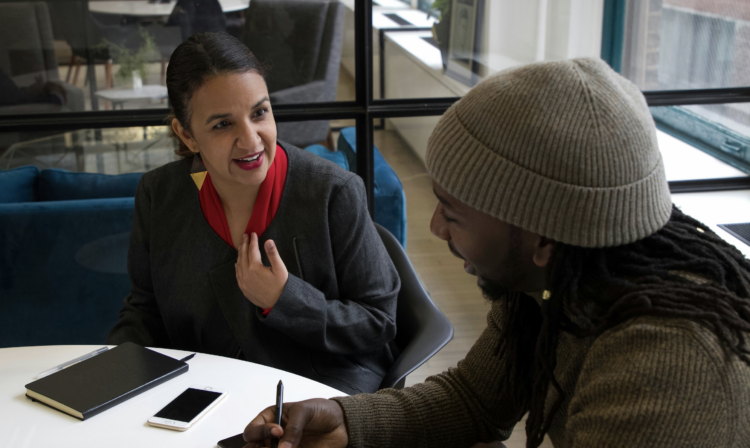Vivian’s Voice is the occasional column of the Foundation’s Senior Vice President of Program, Vivian Tseng.
This year marks a decade since the William T. Grant Foundation launched its first RFP calling for research on the use of research evidence in policy and practice. Since then, we have funded over 50 studies and invested over $20 million dollars, first to understand when, how, and under what conditions research is used, and, more recently, to identify ways to improve research use and measure it.
Recently I contributed to What Works Now: Evidence-informed Policy and Practice, which allowed me an opportunity to reflect on my experience with the Foundation’s initiative and how evidence use, more broadly, has changed in the U.S.
Where have we been?
When we launched our initiative on the use of research, the U.S. was at the height of the What Works agenda, and dissemination research was all the rage. In education, the No Child Left Behind Act of 2001 had grafted the use of data and research onto a high-stakes, top-down accountability framework. The Institute of Education Sciences had embedded randomized-controlled trials into the agency’s funding priorities. Other sectors such as criminal justice, human services, and labor were also on the What Works bandwagon, with their own evidence clearinghouses and dissemination push-out strategies. The agenda was bolstered by the Office of Management and Budget in both the Bush and Obama Administrations, advocated for by the Coalition for Evidence-based Policy and Results for America, and supported by professional associations such as the Society for Prevention Research and the Society for Research on Educational Effectiveness.
While the What Works policy framework persists, especially at the federal level, the rhetoric has started to give way to a more holistic understanding of what it takes to improve the usefulness and actual use of research evidence. In our chapter in What Works Now, Cynthia Coburn and I discuss the importance of trust, relationships, and engagement in the use of research evidence. Because the policy process is inherently social and political, it’s no surprise that research use is also social and political. Research use is not a purely technical enterprise, and evidence-based policy advocates will continue to bang their heads against a wall if they pursue a narrow technocratic focus. Getting the datasets and scientific capacity right are crucial but insufficient. An infrastructure that supports research use requires installing the deliberative social spaces that allow routine engagement with research in policy making and policy implementation. It also means setting up the political conditions that enable research to be productively considered alongside values in our democracy.
Where are we going?
Cross-Sector Learning
Again and again, I am struck by the common themes that emerge across sectors seeking to advance evidence use in policy and practice. As we have talked with people working in fields as diverse as international development, entrepreneurship, aging research, and earth sciences, we have found that many of us are coming to similar conclusions about the limitations of communications and dissemination approaches, the value of research-policy engagement on the front end (i.e., before research begins), the organizational capacity that is needed to foster routine and effective uses of research evidence, and the need for better measures of the use of research evidence. In March, for example, the Foundation joined the Pew Charitable Trusts to organize a meeting focused on developing authentic relationships between researchers, policymakers, and practitioners to leverage research to improve environmental and social outcomes.
International Connections
When we first launched the use of research evidence as a topic of inquiry, I looked to colleagues in the United Kingdom. While studies of knowledge utilization had petered out in the U.S. after the early 1980s, UK scholars were actively engaged in conceptual and empirical studies. Sandra Nutley, Isabel Walter, and Huw Davies’s Using Evidence, published in 2007, provided an influential synthesis of the literature. Our vibrant international exchange has enriched work on both sides of the Atlantic. While the U.S. was focusing on a narrow interpretation of “what works,” Nutley and her colleagues embraced broader definitions of evidence and the diverse ways evidence can serve policy and practice. At the same time, our Foundation’s annual convenings inspired Kathryn Oliver and Annette Boaz to organize a similar gathering in London to “Transform URE (Use of Research Evidence).” Annette Boaz and her colleagues’ new book with its focus on evidence-informed policy and practice also offers an insightful twist. If we acknowledge that policy and practice will never be based solely on evidence, then we can get on with figuring out how evidence can be better integrated into decision making alongside values and politics. I highly recommend this volume to all who care about putting evidence to use.
Critical Race Theory
Closer to home, we are looking more deeply at our own work by applying a critical race lens to understanding and improving the use of research evidence. Research is not colorblind, and yet our initiative has often neglected to account for the ways in which race and racism matter for what research is produced, which research is used, and who benefits from the ways research is deployed. We have too often assumed that using research is a good thing, and failed to consider that use of research “is not neutral in a society that is not neutral” (hat tip to Laura LaBlanc and Marika Pfefferkorn for the quote).
As we continue to look deeper and broader, we hope that a critical race lens can help us envision how to improve research use in ways that disrupt racial hierarchies. If research has been used in the past as a tool of oppression, can it also be leveraged as a tool of liberation? What would it take to foster wide-spread uses of research to dismantle the pernicious structures that create racial inequality for youth? Later this year, we will publish David Kirkland’s compelling race-conscious analysis of past and current uses of research evidence, as well as an essay by Program Officer Fabienne Doucet encouraging applicants to incorporate a critical race lens into studies of improving research use.
What’s Next?
I share my reflections on the past decade of work, as well as my current thinking, with the hope that we along with fellow travelers can forge a more productive path forward together on our evidence journey. In the meantime, I welcome your feedback to improve our thinking and work, and I look forward to continuing to share what we are learning across sectors and countries.






